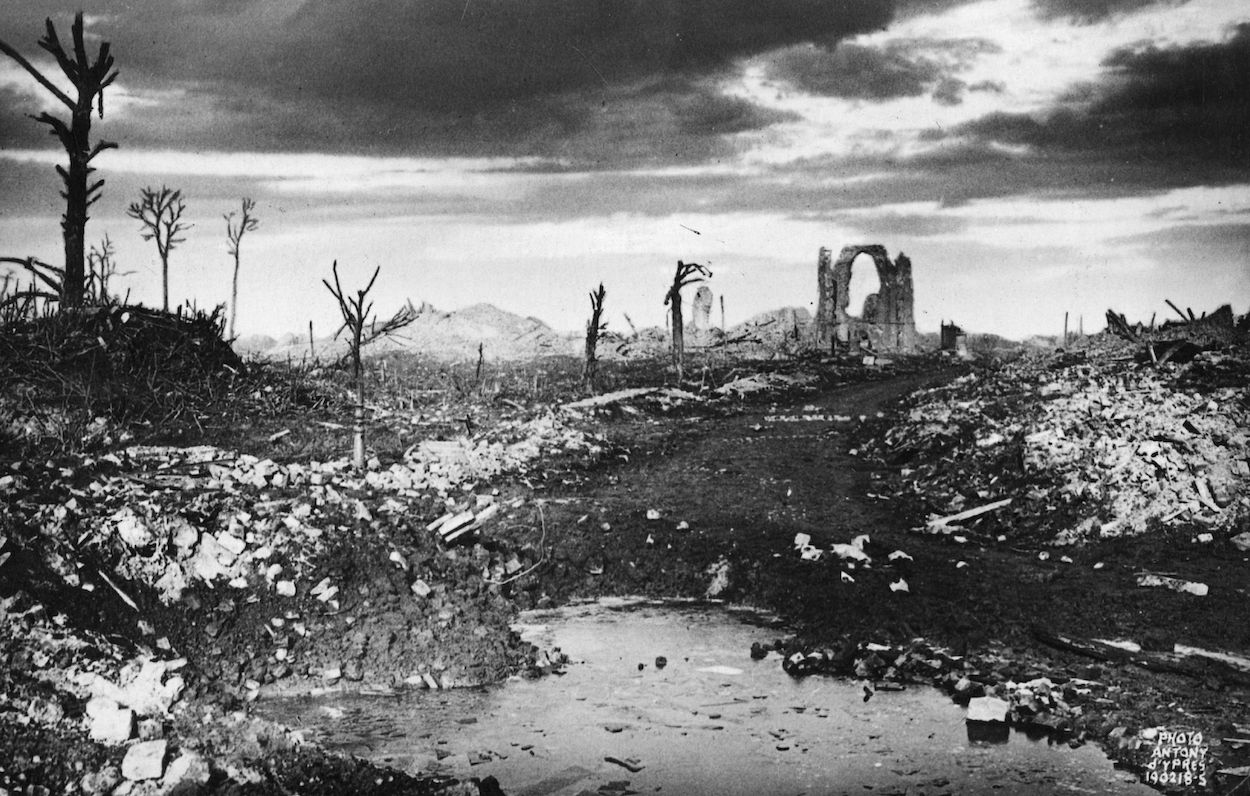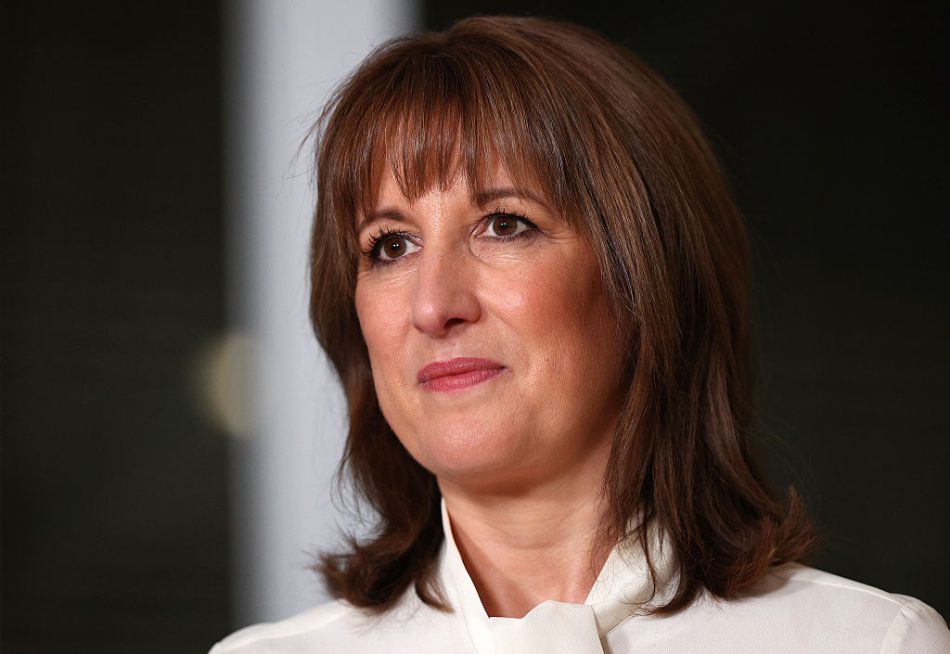As George Orwell astutely observed, England is a nation of hobbyists – and their sometimes eccentric private pursuits are one of the reasons that this country did not follow the rest of Europe into totalitarian dictatorship during the 20th century. A people bent on taking a fishing rod to stream or canal every weekend, or hanging around railway platforms to note the numbers of passing trains, or laboriously sticking stamps into albums, are unlikely to have the time or temptation to fall for political extremes.
The English devoted their leisure time to hobbies, though it should also be noted that such peaceable pastimes are mostly the preserve of men. Women are generally far too practical and don’t have the spare time to practice an interest that has no material reward beyond the satisfaction of merely accomplishing it.
I would often find rusty but live shells and grenades and once even the bones of an unknown soldier
The male propensity for hobbies often goes together with an acquisitive drive to collect: many hobbies such as stamp collecting or beer mat assembling are associated with the simple desire to go one better than your neighbour in building a collection of objects that no one else in their right minds would want to own. The man with more Georgian silver teapots than his chief competitor has stolen a march in the race for life.
The rise of hobbies went hand in hand with the industrial and technical revolutions of the 19th century. Before then, the struggle for sheer survival took up all the time and energy of the vast majority of the population, leaving only the tiny drone class at the top with the leisure and money for such frivolity.
The 21st century may witness the decline and death of traditional hobbies, thanks above all to the rise of the internet. The future of stamp collecting, for example, must be in jeopardy now that people send texts or emails rather than letters. These days, the young devote their time to computer gaming rather than train spotting or glueing together plastic model aircraft like their fathers and grandfathers.
Although immune to the usual hobbies, I must admit to having a couple: I ‘collect’ famous graves and I enjoy visiting battlefields and the sites of notable assassinations. (I’m too impatient to watch a float while waiting for that elusive pike to bite and too uncoordinated to enjoy ball games like football, golf, tennis or cricket.)
The graveyard visits were a spin-off from reading biographies and the verse of leading poets. I have knocked off, among others, Yeats, Keats, the two Thomases (Dylan and Edward), Rupert Brooke, Wilfred Owen and Siegfried Sassoon.My passion for poets gradually expanded to take in politicians and other writers. (Orwell and H.H. Asquith conveniently lie in the same Oxfordshire country churchyard.) I find my visits to the last resting places of such famous figures strangely satisfying, and recently discovered that Mervyn Peake, author of the Gormenghast fantasy novels, shares a village cemetery in Sussex with spymaster Sir Dick White – the only man to have headed up both MI5 and MI6/SIS.
My visits to battlefields started even earlier than my discovery of famous graves. As an only child, my parents were remarkably accommodating in going off route on motoring holidays to meet my desire to view the Civil War battlefield of Naseby or the Great War killing grounds of Ypres and Passchendaele. As an adult I was delighted to find a French friend who had a family house in Verdun, scene of that war’s most notorious slaughter. As a result, I spent several happy holidays tramping the tracks through the haunted forest that now mercifully cloaks the shell scarred moonscape of that holocaust, and the nine villages totally that were obliterated in 1916 and never rebuilt. I would often find rusty but live shells and grenades and once even the bones of an unknown soldier on that battlefield.
Some may find my obsession – it was far more than a casual interest – unhealthy or even ghoulish. In mitigation, I can only plead that for me battlefields are sacred spaces, and represent, in the late actor Robert Hardy’s words:
places where great skill, great courage, great loyalty, great perfidy great cowardice and great stupidity have been shown. They are places where men in the grip of beliefs or discipline codes so strong that they have fought and gone to their deaths rather than relinquish them. They are also tombs and shrines that should engage our thoughts and our reverence.
As an adjunct to my battlefield visits I became keen on seeing the scenes of notable assassinations. A family holiday in the Black Forest was interrupted by my insistence on taking a detour to see the spot where the politician Matthias Erzberger was cut down in 1921 by the bullets of proto-Nazi gunmen who had hated and hunted him down for the ‘crime’ of signing the Armistice that ended the Great War.
The same bewildered family accompanied me to the Normandy spa town of Bagnoles de l’Orne, where in 1937 two exiled Italian anti-fascists, Carlo and Nello Rosselli, were shot and stabbed to death by French fascists in the pay of Mussolini. We paid our respects. I find such numinous places at least as compelling as ordinary galleries and museums.
When I was working for the Daily Mail, a freebie trip to Prague to mark the Anniversary of Mozart’s Don Giovanni, which had its 1787 premiere in that city, turned into a tour of sites linked to a rather more sinister figure. I asked my charming Czech guide to show me the spot where ‘the man with the iron heart’, SS overlord and Holocaust mastermind Reinhard Heydrich, was ambushed by British trained partisans in 1942, the hospital where he died of his wounds, and the Orthodox Church where his brave assassins met their ends.
In 2010 I turned my hobby into a business when, with two other historians, I co-founded a travel company to take fellow history buffs on trips round Nazi Germany, Fascist Italy, and the France of the two world wars. At that point my hobbies ceased. When hobbies become a job, they can no longer really be considered hobbies.








Comments